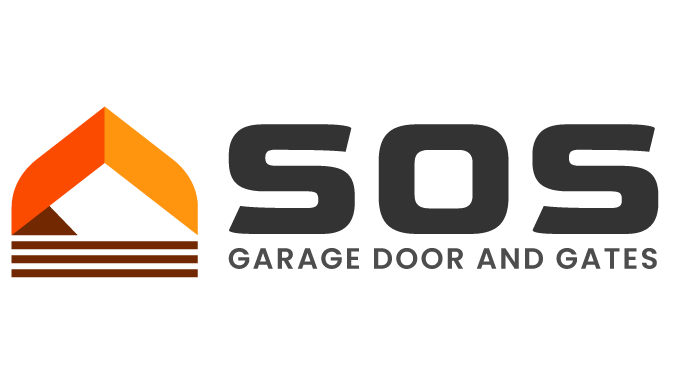Prevent Costly Repairs by Spotting Issues Early
Automatic gates provide security, convenience, and curb appeal, but like any mechanical system, they can develop issues over time (gate repair). Waiting until your gate stops working completely can lead to expensive repairs or even full replacements. The key to avoiding major malfunctions is early detection of faulty components. Knowing the warning signs of worn-out tracks, motors, sensors, and hinges allows homeowners to take preventative action before a complete failure occurs.
Common Signs of Faulty Gate Components
If your gate is showing any of these symptoms, it may indicate a component is failing and requires attention:
- Slow or Delayed Movement
If your automatic gate opens or closes slower than usual, it could be a sign of motor wear, low power supply, or friction in the tracks. Ignoring this issue can lead to a total breakdown over time. - Unusual Noises During Operation
Grinding, clicking, or squeaking sounds when the gate moves often indicate:- Debris in the track
- Rusty hinges or rollers
- A struggling motor
Regular lubrication and cleaning can help prevent more serious mechanical failures.
- Gate Stops or Reverses Unexpectedly
If your gate reverses before fully opening or closing, there may be an issue with:- Misaligned safety sensors
- Damaged wiring
- Motor strain from an obstructed track
Testing the sensors and ensuring the track is clear can help diagnose the problem.
- The Gate is Off-Track or Misaligned
If a sliding gate moves unevenly or comes off its track, it may be caused by:- A bent track
- Loose rollers
- Structural shifts due to weather or impact
A misaligned gate increases motor stress and should be corrected before it causes further damage.
- The Remote or Keypad Fails to Respond
If your gate doesn’t respond to remote commands, the problem could be:- A low battery in the remote
- Signal interference
- Electrical wiring issues
Replacing batteries or resetting the system can sometimes fix the issue, but persistent failures may require professional diagnostics.
How to Prevent Gate Malfunctions
To keep your gate in optimal condition, follow these simple maintenance steps:
- Inspect and Clean the Tracks Regularly – Remove dirt, leaves, or debris that could block smooth movement.
- Lubricate Hinges, Rollers, and Chains – Reduce friction and prevent rust buildup.
- Check the Motor and Power Supply – Ensure proper voltage and look for signs of overheating.
- Test the Sensors and Safety Features – Make sure they’re properly aligned and free of obstructions.
Take Action Before It’s Too Late!
By identifying faulty gate components early, you can avoid expensive repairs and extend the life of your system (gate repair). If you notice slow movement, strange noises, or operational failures, don’t wait for the problem to worsen. Schedule a professional gate inspection today to keep your gate working smoothly and reliably!
READ MORE:
The Importance of Regularly Maintaining Gate Components to Avoid Major Gate Repair
Why Gate Components Like Tracks and Motors Matter in Gate Repair

